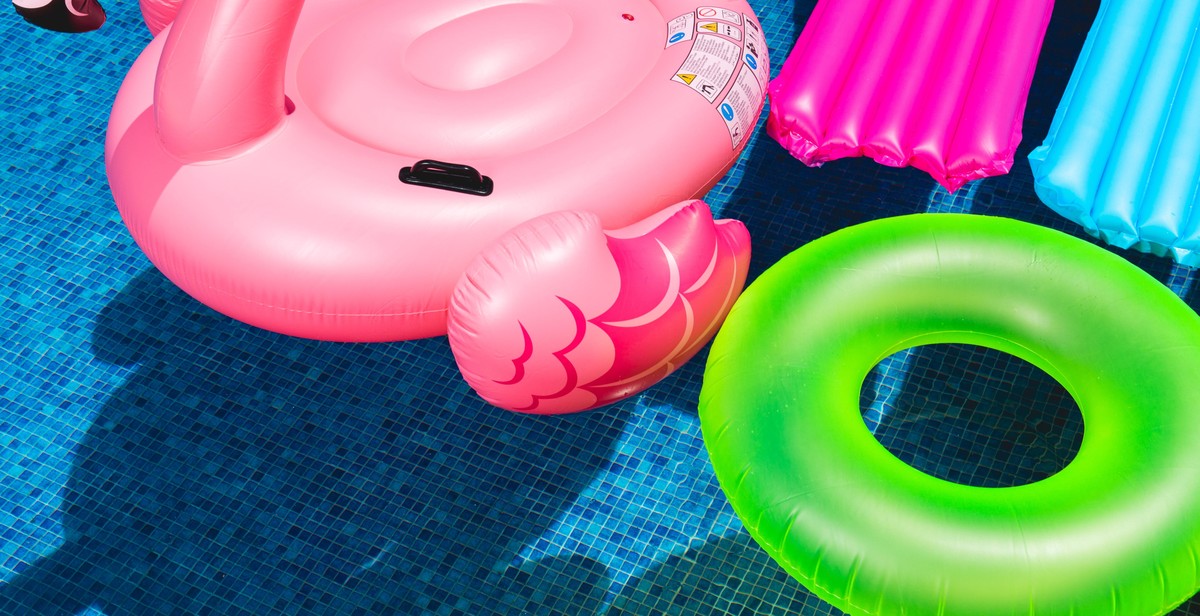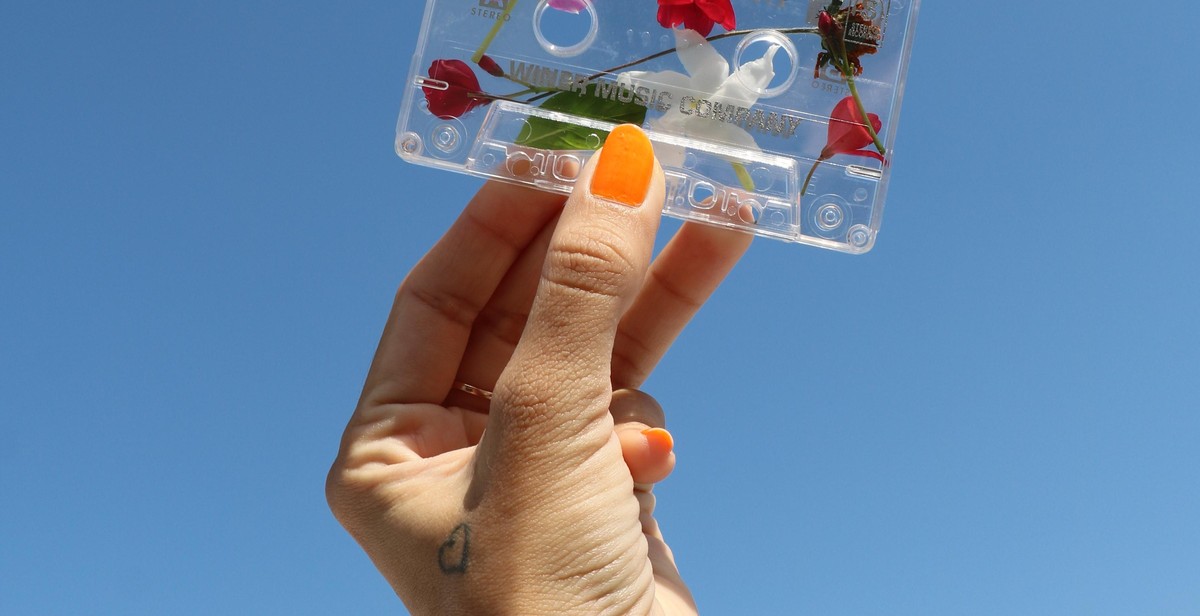The Impact of Plastic Microbeads on the Environment
Plastic microbeads are tiny plastic particles that are commonly used in personal care products such as face wash, body scrubs, and toothpaste. They are added to these products as exfoliants or abrasives because of their small size and abrasive properties. However, the widespread use of plastic microbeads has raised concerns about their impact on the environment.
The Problem with Plastic Microbeads
Plastic microbeads are not biodegradable and can persist in the environment for hundreds of years. They are too small to be filtered out by wastewater treatment plants and end up in rivers, lakes, and oceans. Once in the water, they can be ingested by marine life, which can lead to serious health problems and even death. Additionally, plastic microbeads can absorb toxic chemicals from the environment, making them even more harmful to marine life.
The Growing Awareness about Plastic Microbeads
The impact of plastic microbeads on the environment has become a growing concern in recent years. Many countries have banned the use of plastic microbeads in personal care products, and some companies have voluntarily phased out their use. Consumers are also becoming more aware of the issue and are actively seeking out products that do not contain plastic microbeads.
The Solution to Plastic Microbeads
The solution to the problem of plastic microbeads is to find alternative, biodegradable exfoliants and abrasives for personal care products. Many natural alternatives such as salt, sugar, and ground nuts are already being used in some products. By choosing products that use natural exfoliants instead of plastic microbeads, consumers can help reduce the negative impact of these tiny plastic particles on the environment.

What are plastic microbeads?
Plastic microbeads are tiny plastic particles that are less than 5 millimeters in diameter. They are used in a variety of personal care products such as facial scrubs, body washes, and toothpaste as an exfoliant. Microbeads are also used in some cleaning products, including household cleaners and car waxes. They are added to these products to improve their texture and effectiveness.
Microbeads are made from different types of plastics, including polyethylene, polypropylene, and polystyrene. These plastics do not biodegrade easily and can persist in the environment for hundreds of years.
Types of microbeads
There are two types of microbeads: primary and secondary. Primary microbeads are intentionally added to personal care and cleaning products. Secondary microbeads, on the other hand, are formed when larger plastic products, such as plastic bags and bottles, break down into smaller pieces.
Primary microbeads are the main concern when it comes to their impact on the environment. They are too small to be filtered out by wastewater treatment plants and end up in rivers, lakes, and oceans. Marine animals mistake the microbeads for food and ingest them, which can lead to physical harm and even death. Microbeads can also absorb toxins from the environment, making them even more harmful when ingested by animals.
The use of microbeads has been banned in several countries, including the United States, Canada, and the United Kingdom, due to their negative impact on the environment.
| Pros | Cons |
|---|---|
| Effective exfoliant | Harmful to the environment |
| Improves product texture | Can be ingested by marine animals |
| Low cost | Does not biodegrade easily |

How do plastic microbeads affect the environment?
Plastic microbeads are tiny particles of plastic that are less than 5mm in size. They are commonly found in personal care and cosmetic products such as facial scrubs, toothpaste, and body wash. These microbeads are designed to exfoliate the skin or provide texture to the product.
Water pollution
One of the major environmental impacts of plastic microbeads is water pollution. When these products are used and washed down the drain, the microbeads are too small to be filtered out by wastewater treatment plants. As a result, they end up in rivers, lakes, and oceans where they can persist for hundreds of years.
Studies have shown that plastic microbeads can absorb toxins and pollutants from the surrounding water, making them even more harmful to marine life and humans who consume contaminated seafood. Additionally, microbeads can attract and accumulate harmful bacteria, further contributing to water pollution and posing a risk to public health.
Marine life impact
Plastic microbeads have a significant impact on marine life. Marine animals such as fish, turtles, and birds mistake the microbeads for food and ingest them. This can cause physical harm to the animal’s digestive system and lead to starvation as the microbeads do not provide any nutritional value. Microbeads can also accumulate in the tissues of these animals, causing long-term health problems.
Furthermore, plastic microbeads can negatively impact the food chain. Small marine creatures consume the microbeads, which are then consumed by larger creatures. As a result, the toxic effects of the microbeads can accumulate and become more concentrated as they move up the food chain.
Human health impact
Plastic microbeads can also have an impact on human health. As mentioned earlier, microbeads can absorb toxins and pollutants from the surrounding water. When humans consume contaminated seafood, they can be exposed to these harmful substances.
In addition, some studies have suggested that microbeads can cause irritation and inflammation in the skin and eyes. This is because the small size of the microbeads allows them to penetrate the skin and potentially cause damage.
| Environmental Impact | Examples |
|---|---|
| Water pollution | Contamination of rivers, lakes, and oceans |
| Marine life impact | Ingestion by marine animals, accumulation in tissues, and negative impact on the food chain |
| Human health impact | Potential exposure to toxins and pollutants, skin and eye irritation and inflammation |

Regulations on Plastic Microbeads
Plastic microbeads have been found to cause significant harm to the environment, and as a result, many countries have taken steps to regulate their use. The United States, Europe, and Canada have all implemented regulations on plastic microbeads, although the specifics of these regulations vary by region.
United States
In 2015, the United States passed the Microbead-Free Waters Act, which bans the production and sale of rinse-off cosmetic products containing plastic microbeads. This law went into effect in 2018, and applies to products such as toothpaste, body wash, and facial scrubs. The ban does not apply to leave-on products, such as lotions and sunscreens, or to over-the-counter drugs.
The United States also passed the Microbead-Free Waters Act of 2015, which bans the manufacture and sale of rinse-off cosmetic products containing microbeads. This law went into effect in 2018 and applies to products such as toothpaste, body wash, and facial scrubs. The ban does not apply to leave-on products, such as lotions and sunscreens, or to over-the-counter drugs.
Europe
In Europe, the use of plastic microbeads in rinse-off cosmetic products was banned in 2018. The ban applies to all member states of the European Union, as well as Iceland, Liechtenstein, and Norway. The ban does not apply to leave-on products or to products that are classified as medical devices.
Additionally, the European Chemicals Agency (ECHA) has proposed a restriction on the use of microplastics in products that are likely to enter the environment. This proposal includes a ban on intentionally added microplastics in products such as detergents, paints, and fertilizers.
Canada
In Canada, a ban on the manufacture and import of toiletries containing plastic microbeads went into effect in 2018. The ban applies to products such as toothpaste, body wash, and facial scrubs. The sale of these products was banned in 2019. The ban does not apply to natural health products or non-prescription drugs.
Canada has also proposed a ban on single-use plastics, including items such as straws, cutlery, and bags. This ban is set to go into effect in 2021.
| Region | Regulation | Effective Date | Scope |
|---|---|---|---|
| United States | Microbead-Free Waters Act | 2018 | Rinse-off cosmetic products |
| Europe | Ban on plastic microbeads | 2018 | Rinse-off cosmetic products |
| Canada | Ban on plastic microbeads | 2018 (manufacture and import), 2019 (sale) | Toiletries |

Alternatives to Plastic Microbeads
With the growing concern over the environmental impact of plastic microbeads, many companies are turning to natural and biodegradable alternatives. Here are some of the alternatives:
Natural Exfoliants
Natural exfoliants are a great alternative to plastic microbeads. They are made from natural ingredients and are biodegradable. Some of the popular natural exfoliants include:
- Ground nuts and seeds (such as apricot kernels and almond shells)
- Baking soda
- Sugar
- Salt
- Coffee grounds
These natural exfoliants are gentle on the skin and do not harm the environment.
Biodegradable Microbeads
Biodegradable microbeads are another alternative to plastic microbeads. These microbeads are made from natural materials that break down easily in the environment. Some of the popular biodegradable microbeads include:
- Jojoba beads
- Rice beads
- Candelilla wax beads
- Bamboo powder
These biodegradable microbeads are just as effective as plastic microbeads but do not harm the environment.
| Natural Exfoliants | Biodegradable Microbeads |
|---|---|
| Ground nuts and seeds | Jojoba beads |
| Baking soda | Rice beads |
| Sugar | Candelilla wax beads |
| Salt | Bamboo powder |
| Coffee grounds |
By choosing natural exfoliants and biodegradable microbeads, we can help reduce the impact of plastic microbeads on the environment.
